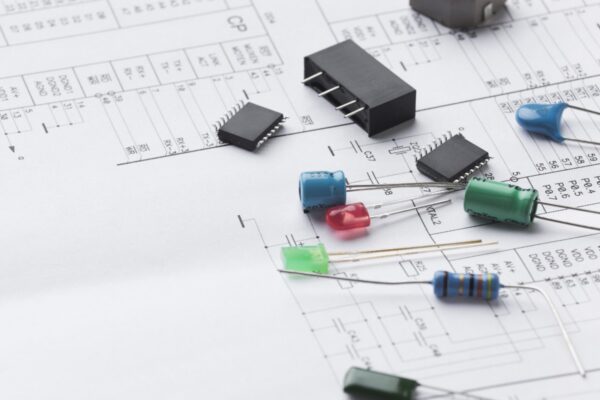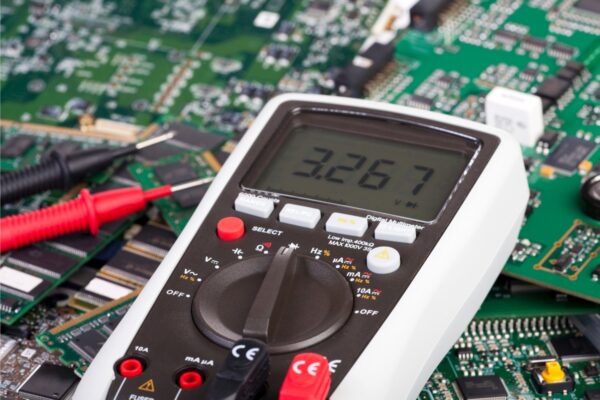What is Dielectric
A dielectric is a substance or material that is used to insulate and inhibit the flow of electric current. It is specifically designed to separate and isolate conductive elements within electronic circuits, ensuring the proper transmission of electrical signals and preventing short circuits or unwanted electrical interference.
Dielectrics are crucial in various electronic components, with capacitors being a prominent example. Capacitors are devices that store and release electrical energy, consisting of two conductive plates separated by a dielectric material. The dielectric material serves as an insulating medium between the plates, allowing the capacitor to store and release electrical charge without direct electrical contact between the plates.
Different types of dielectric materials are utilized in capacitors, each with its own unique electrical properties. These properties include the dielectric constant, breakdown voltage, and temperature stability, which determine the suitability of the dielectric material for specific applications. Common dielectric materials used in capacitors include ceramics, electrolytics, tantalum, and polyester.
Dielectric materials can also be classified as polar or non-polar. Polar dielectrics possess a permanent electric dipole moment, resulting in the separation of positive and negative charges within the material. This property enables polar dielectrics to exhibit additional electrical characteristics, such as the ability to store charge and display a voltage-dependent capacitance. Examples of polar dielectric materials include barium titanate ceramics and ferroelectric materials like lead zirconate titanate.
In contrast, non-polar dielectrics do not possess a permanent electric dipole moment and do not exhibit the same voltage-dependent capacitance as polar dielectrics. Non-polar dielectrics are commonly used in applications where a stable and consistent electrical performance is required, such as in high-frequency circuits or environments with varying temperature conditions. Materials like polypropylene, polystyrene, and polyethylene are commonly used as non-polar dielectrics.





